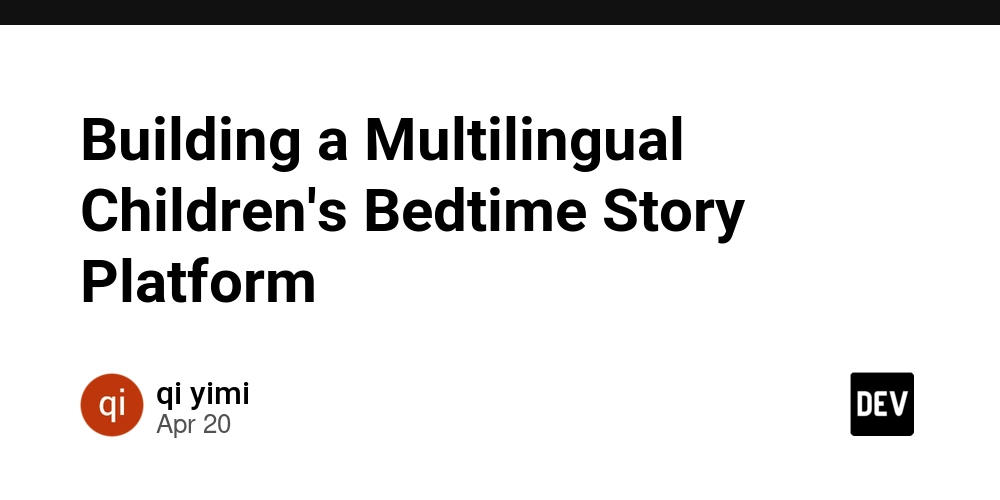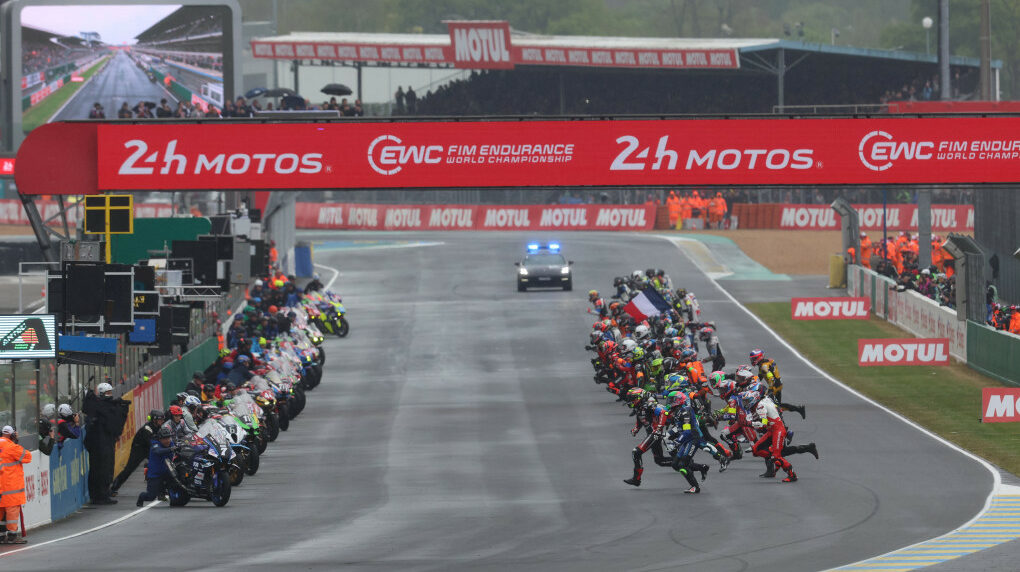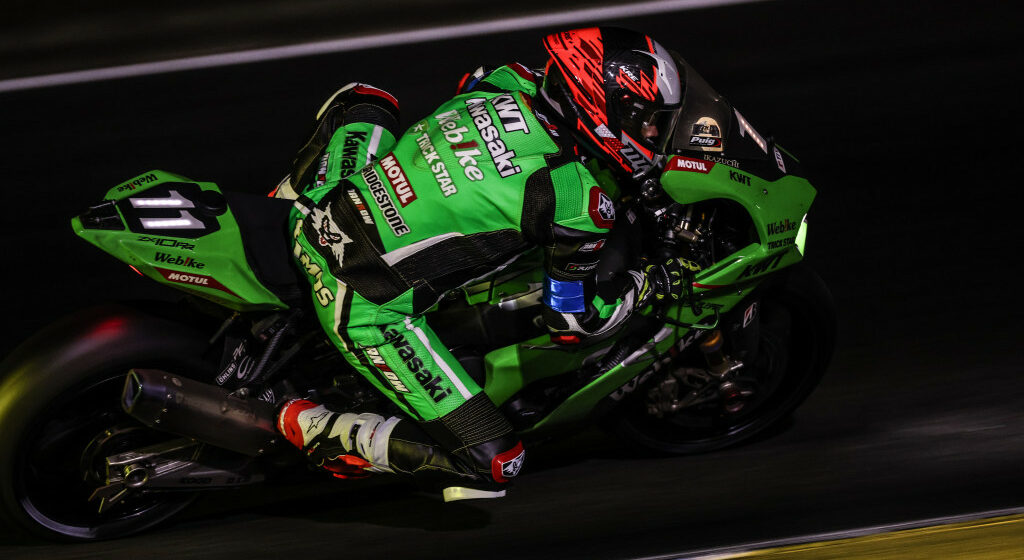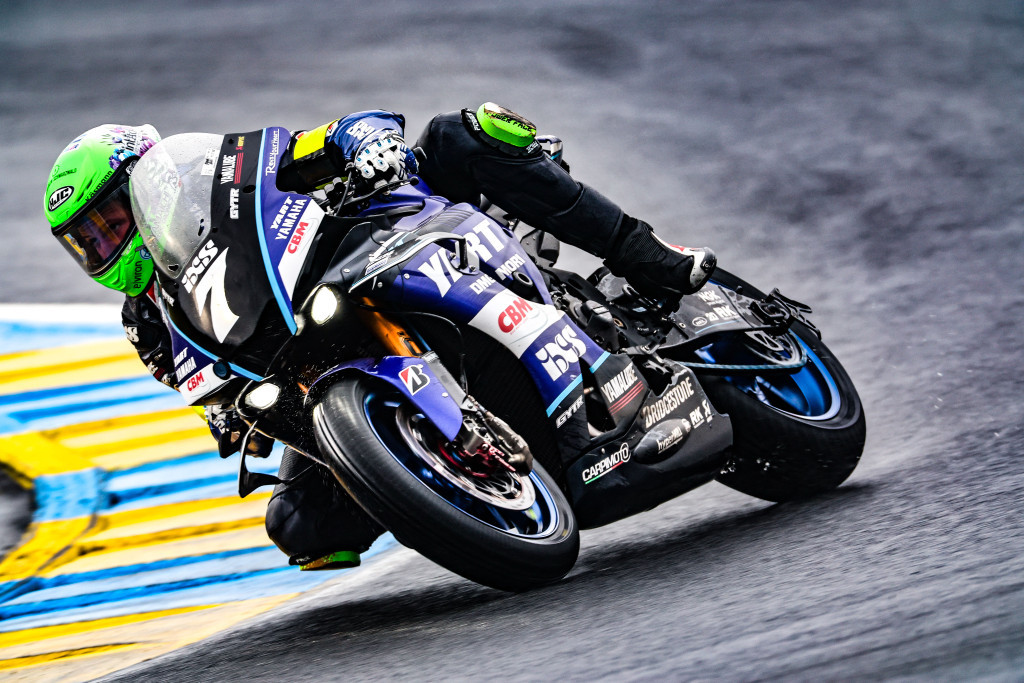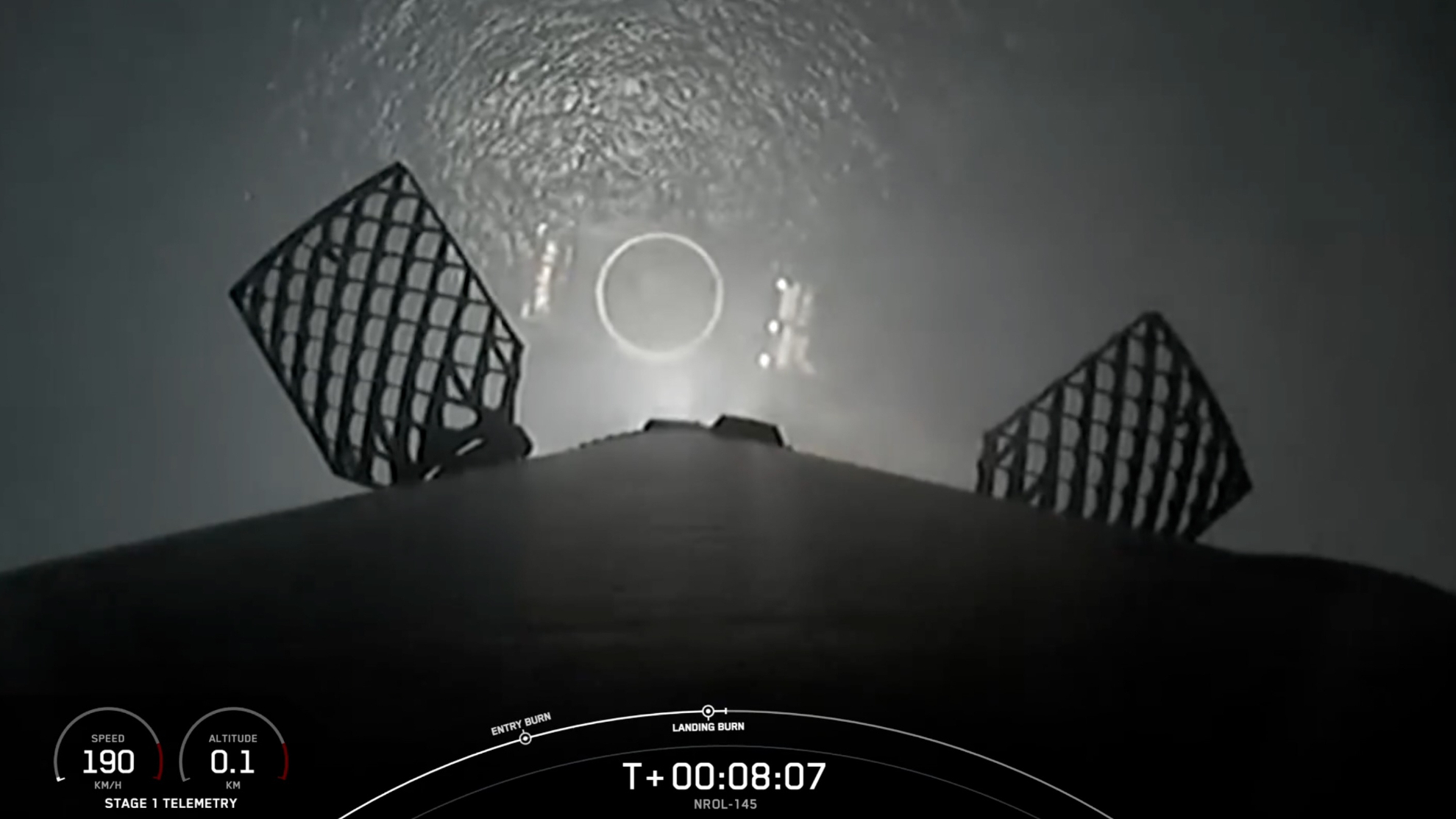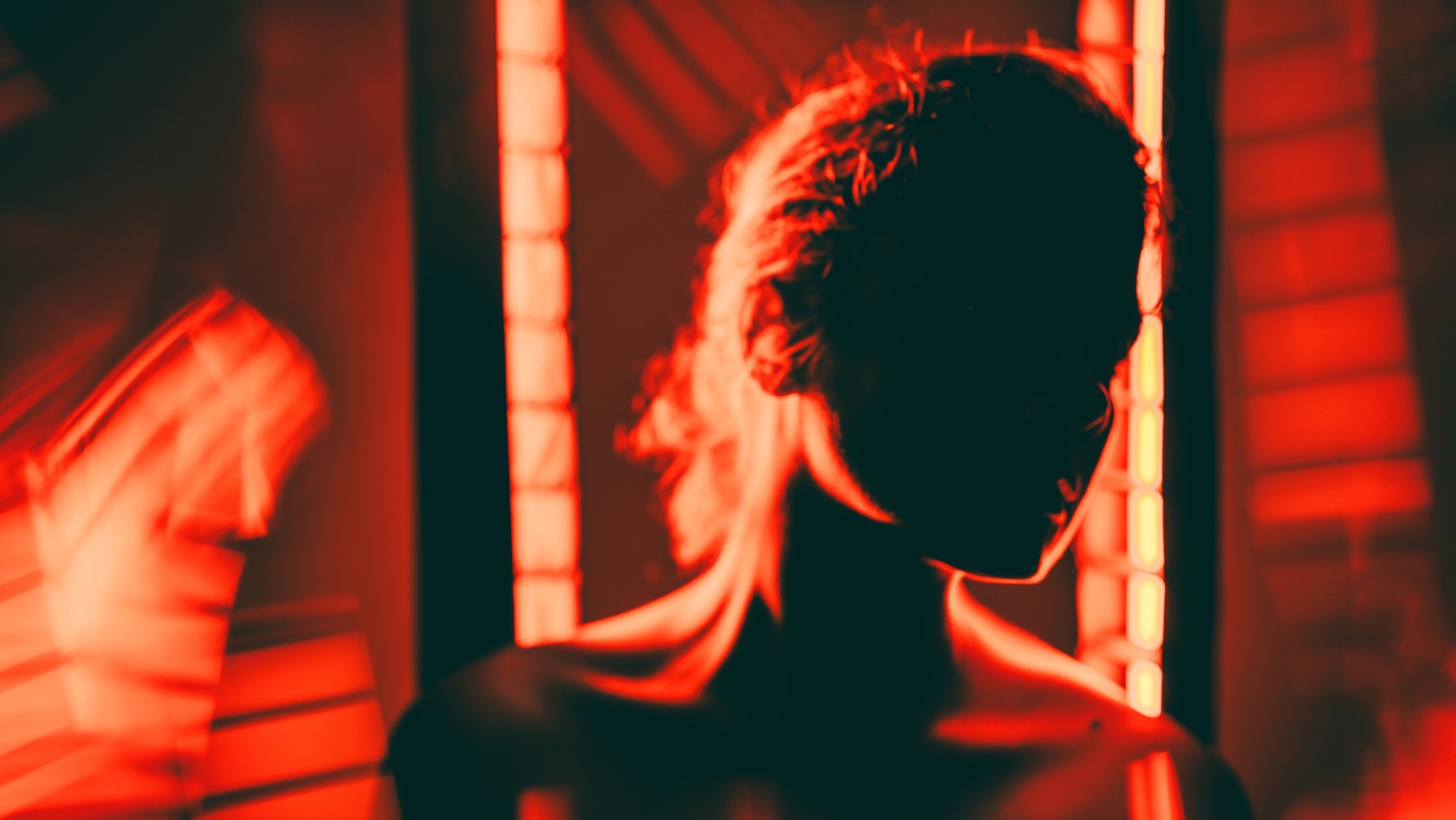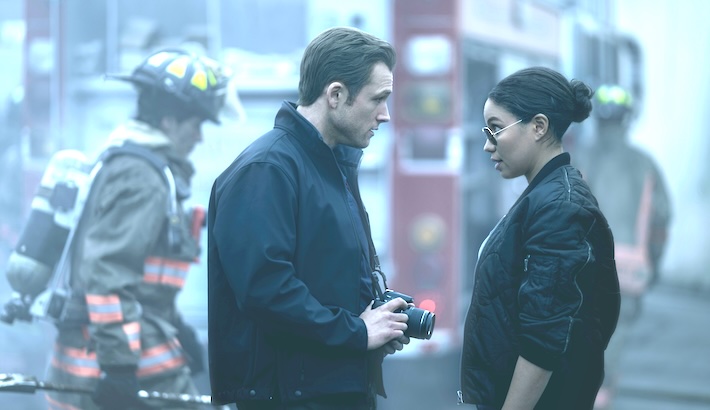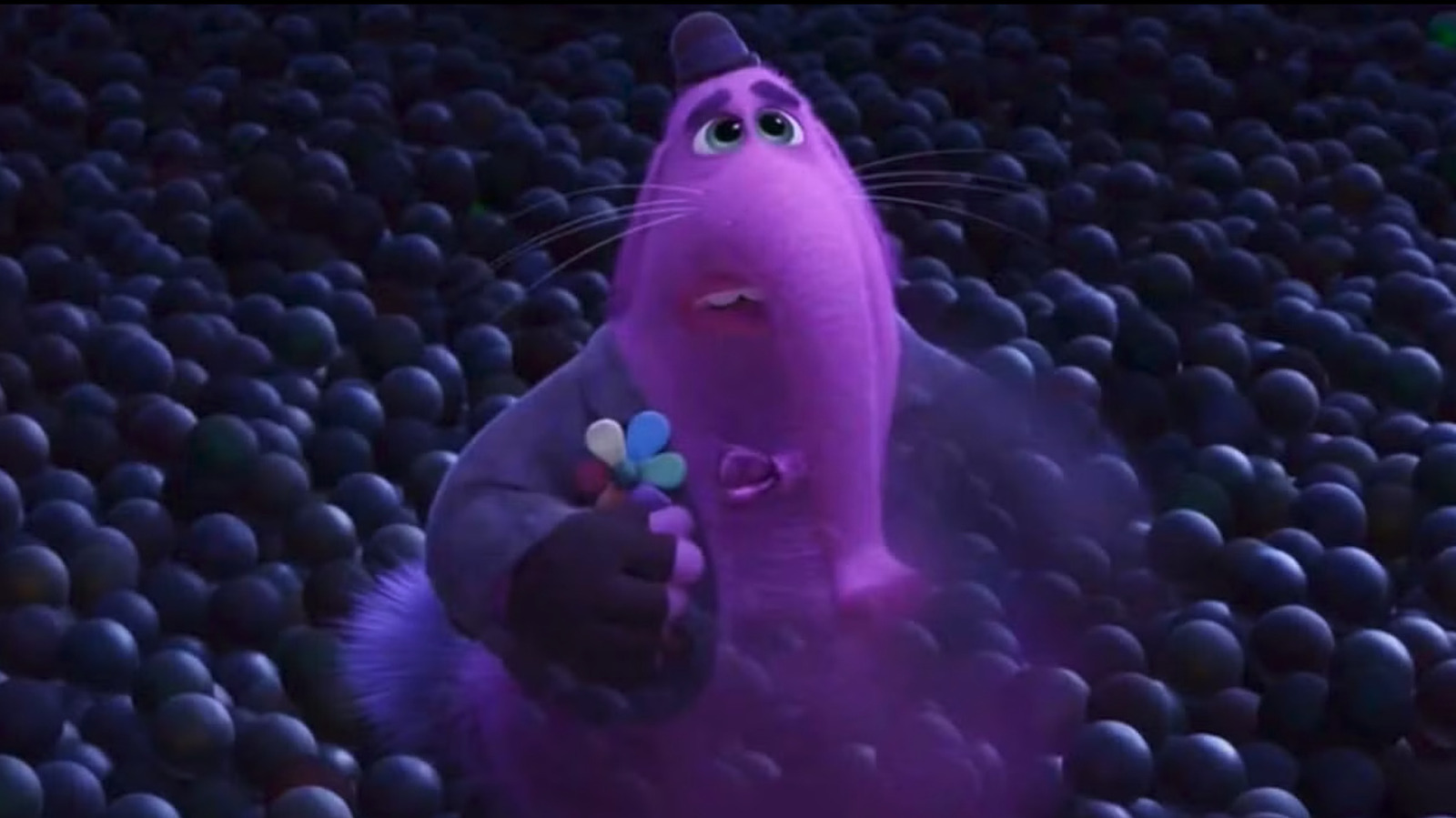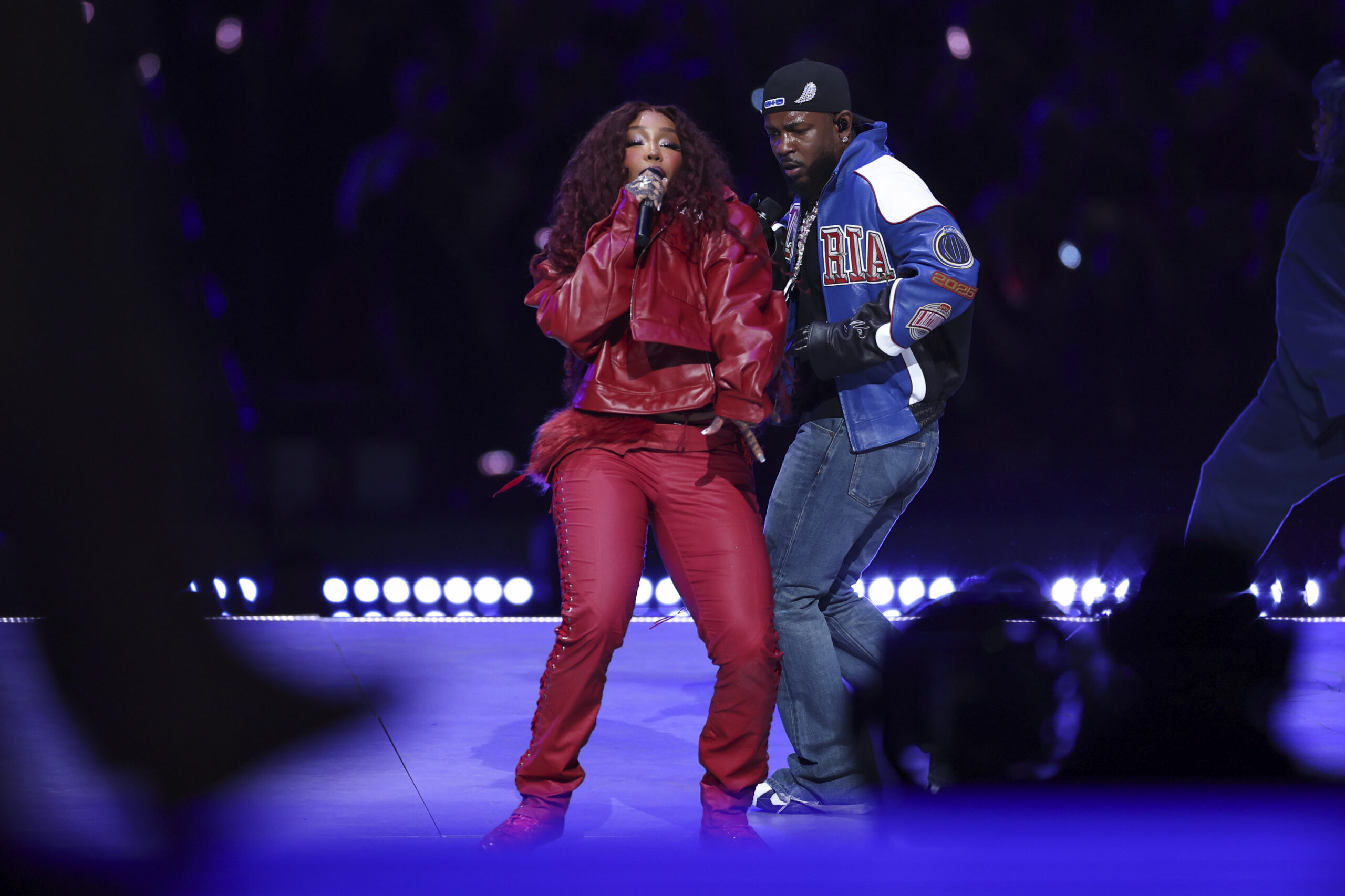‘Yellowjackets’ Showrunners Break Down Season 3 Finale, All That Shauna Hate and a Potential Season 4
"I have been a little surprised by the ferocity of the reactions," Ashley Lyle tells TheWrap The post ‘Yellowjackets’ Showrunners Break Down Season 3 Finale, All That Shauna Hate and a Potential Season 4 appeared first on TheWrap.

Note: This story contains spoilers from “Yellowjackets” Season 3, Episode 10.
“Yellowjackets” showrunners Ashley Lyle, Bart Nickerson and Jonathan Lisco teased that Teen Shauna (Sophie Nélisse) would go to some incredibly dark places in Season 3, but some viewers were still not prepared with just how far she went to consolidate her power as the Antler Queen.
TheWrap checked back in with Lyle, Nickerson and Lisco about Episode 10 and why Shauna became such a divisive character, ready to betray or kill Mari (Alexa Barajas), Coach Ben (Steven Krueger) and even her own girlfriend Melissa (Jenna Burgess), as well as shutting down the team’s chances of being led back to civilization by outdoor guide Kodiak (Joel McHale).
Although the series has yet to be renewed for Season 4, they promised that even if the rescued Yellowjackets are not literally in the wilderness anymore, there is still “a lot of story to mine.”

TheWrap: You said that Teen Shauna was going to go really dark in Season 3 and she did. A lot of viewers were not happy about it. Do you think there is less leeway given to female characters than to male characters to “break bad?”
Ashley Lyle: I have been a little surprised by the ferocity of the reactions. I think people are far less accustomed to watching a female character go truly dark. I look to Cersei Lannister as a character who did that in a very interesting way. There’s a difference between liking someone and rooting for them. Sometimes it can be fun to watch a villain go dark. There’s a voyeuristic quality that we as viewers get to experience when you see somebody doing all the things that you would never, ever do yourself.
We can’t worry about that as storytellers. We did not go into this show trying to make these women likable. We tried to make them complex and difficult and f–ked up and weird, and we’re doing that.
Jonathan Lisco: The ferocity of response to where we’ve taken Shauna this season strikes me as interesting against the backdrop of where we began. For example, a character like Misty (Christina Ricci), when we first meet her, she’s watching a rodent drown in a pool. She’s done all sorts of really twisted stuff, and yet, a lot of people now say she’s the most sympathetic on the show. That’s what we’re trying to mine, you’re rooting for her in some ways, at least I am, despite some of her terrible traits.
Bart Nickerson: I’m curious: These people that are very angry right now, are they mad at Shauna, or have they really turned on her? Are they disappointed in her in the way that you get disappointed in your friends? I feel like either they will [continue to] like the character, or they never liked her and they’re [now saying], “Aha. I was right to not like her.”
Lisco: Does the world bifurcate into evil and good? Isn’t that the whole point that we’re trying to ask? What is villainy when you carry such baggage? The point of the narrative is to try and figure that out and to ask these difficult questions. And right now, some of them may be bruised from where we took Shauna. But there’s a lot of story left to tell and a lot of cards to turn over, that may change their perspective on that.
Lyle: Characters who do bad things are really fun. I have so much respect for Melanie’s bravery [as adult Shauna], because there are a lot of actors who do not want to play true villains. She really embraced the darkness of Shauna this season, and not every actor would be willing to do that.

Shauna goes absolutely feral in the last few episodes, driving away her fellow survivors and her husband and daughter. How did she manage to present as a normal person in society for so long?
Lyle: When we look back at the pilot, it’s self-imprisonment. She had created a prison for herself. It was absolute stasis. She created a situation where she could not act out her worst instincts. And what’s really fun about the end of this season is, as much as she’s grieving the loss of her family, she’s breaking out. She’s redeeming her own life. And that’s very exciting, especially now that we know what she’s truly capable of.
There were so many major deaths this season. How hard was that to say goodbye to Lottie and Van in the contemporary storyline and Ben and Mari in the ’90s timeline?
Lyle: It’s never easy. These are our colleagues and they’re also characters that we love. It’s such a cliché, but they’re our children. You invent them, you think about them for so long, and you think about how they feel and what they’re doing, and then to be the author of their demise is painful. But we also knew going into this show that that was very much a fundamental part of the premise. This was always going to be a part of the show. It’s not easy, but it’s a necessary evil.
Now that the Pit Girl mystery has been solved and the girls are on the verge of being rescued, is the show still on track to go five seasons or does it look more like it might end with four?
Lyle: If the world was our storytelling oyster, and we got everything we ever wanted, it would be five. There is a decent amount of story to tell in terms of what happens when they get back, how they are trying to desperately hold their secrets as close as possible. And in the present day, they are far less trusting of each other than they were before. But our main concern is telling a satisfying story that does feel like it comes to a satisfying conclusion. And with the state of the industry right now, you can’t predict anything with any real certainty. Our hope is mostly that we get to tell a satisfying story.
Nickerson: We have always said the show will tell us when it wants to end. Some things have taken longer, some things have happened quicker than we had hoped. That’s the beauty of the creative process, these things take on a life of their own. Determining the final timetable for this show, it’s hard to figure out, but we know that once we get there, we’ll know it.
Lisco: The literal wilderness may no longer be in our show. [But we’ll still have] the metaphorical wilderness that they have to traverse to get from the teen characters reintegrating into ’90s society to the adult characters that we know. That’s a long distance, and I personally think there’s a lot of story to mine.
“Yellowjackets” Season 3 is now streaming on Paramount+.
The post ‘Yellowjackets’ Showrunners Break Down Season 3 Finale, All That Shauna Hate and a Potential Season 4 appeared first on TheWrap.











